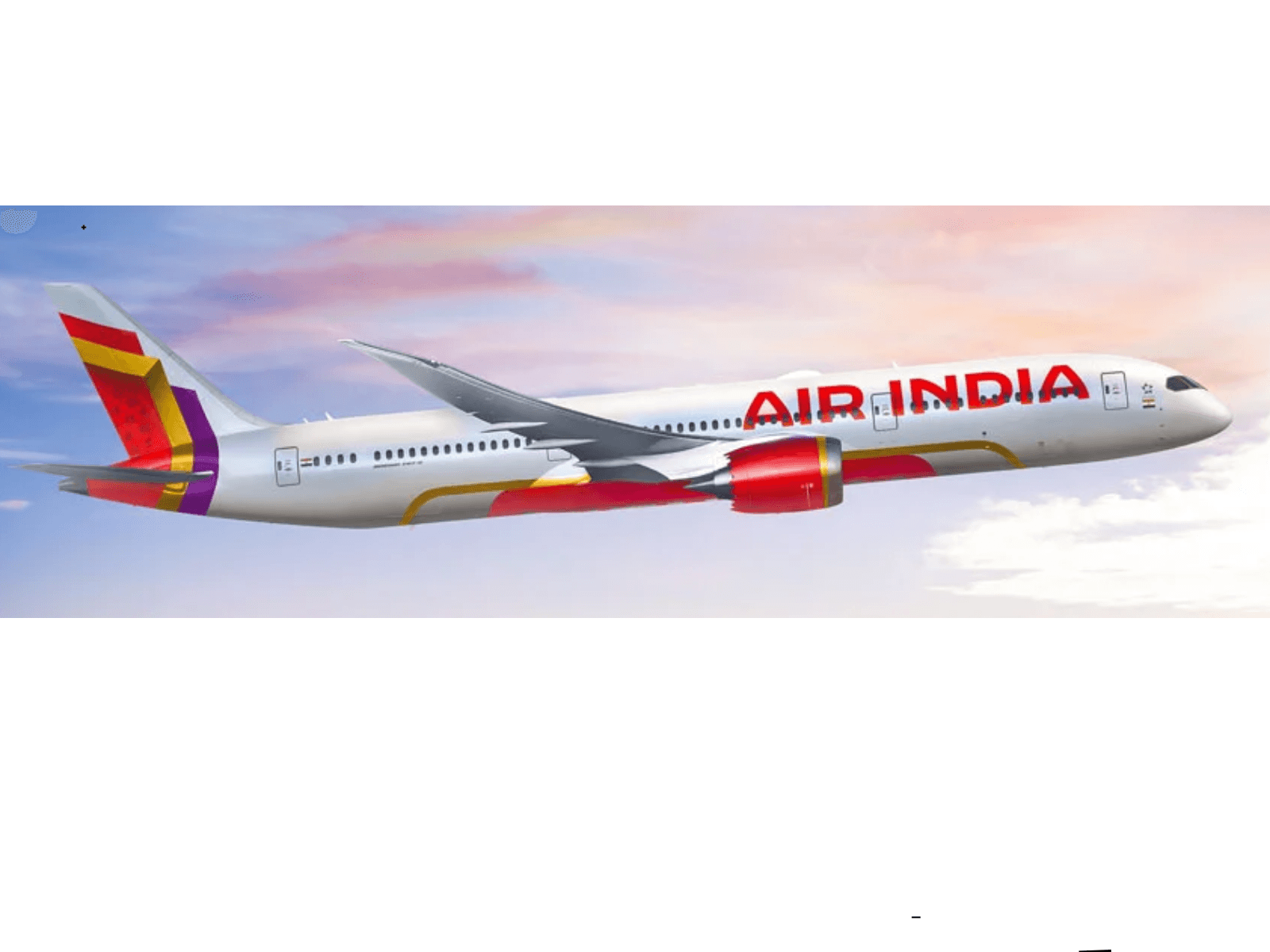-9004b518-6aa9-4df4-bbb0-ec3ba3e06994.webp&w=3840&q=75)
Flights
•05 min read

Airports are more than just places where airplanes take off and land—they serve as magical gateways connecting people, cultures, and economies across continents. In this blog, we dive into the world of international airports to understand their operations, intricate features, and the significance they hold in global travel. Whether you dream of exploring distant lands or simply appreciate the marvel behind every flight, read on to discover what is an international airport and why it remains central to modern connectivity.
An international airport is defined as an aviation facility equipped to manage flights that cross national borders. With specialized customs, immigration, and security processes, these airports welcome passengers from diverse cultures and backgrounds. The definition of an international airport includes essential features like duty-free shopping, multilingual signage, and dedicated facilities that bolster global connectivity. Indian hubs like Indira Gandhi International Airport exemplify the blend of modern technology and cultural connectivity that defines international travel.
At its heart, an international airport facilitates worldwide travel. Beyond serving as hubs for airlines, these airports help in managing various logistical challenges associated with long-haul flights, global passenger flow, and international cargo. Travelers not only experience a smooth transition between countries but also enjoy a taste of luxury through enhanced services that simplify and enrich every journey.
One of the defining features of international airports is the meticulous process of customs and immigration. These safety checks are designed to secure international borders, ensuring that passengers and goods are screened efficiently and effectively. The careful orchestration of these procedures provides peace of mind while maintaining a smooth travel experience. For many, these stations mark the beginning of an adventure, symbolizing a transition from the familiar to the unknown.
International airports incorporate state-of-the-art security systems, advanced screening technologies, and user-friendly designs. Features such as comfortable lounges, duty-free shopping, and automated check-in kiosks create an environment where every traveler feels welcomed. The design of these facilities, including well-structured global airport terminals, aims to cater to travelers from around the world, enhancing their journey from start to finish.
While domestic airports primarily facilitate travel within a country's borders, international airports are built to handle complex requirements. Domestic airports may not have the comprehensive customs and immigration processes or the advanced security systems found in their international counterparts. International airports are designed to accommodate larger volumes of passengers, diverse flight routes, and extensive cargo operations, which require more sophisticated infrastructure and services.

For instance, consider the differences you might observe between regional airports and major international hubs. Domestic airports provide essential services for local travel; however, they do not always have the same level of connectivity or specialized facilities that handle international flights. This contrast can be seen in the difference between smaller airports serving local routes and expansive hubs that welcome guests from far and wide.
Different types of airport terminals are designed to address the needs of international travelers. International terminals are built to manage long-haul flights and accommodate large aircraft. Their spacious layouts, clear signage, and efficient passenger flow mechanisms help to minimize wait times and enhance the overall travel experience. These terminals act as the front door to some of the world's most exciting destinations, combining practicality with a touch of luxury.
Many international airports function as major hubs that facilitate numerous connecting flights and serve as central points for global travel. These hubs, often situated in major metropolitan areas, are celebrated for their ability to introduce travelers to cultures, cuisines, and experiences from every nook and corner of the globe.
Insight Corner: "Did You Know? Major international airports like Dubai International Airport handle over 80 million passengers annually, serving as critical hubs for global connectivity, according to recent industry estimates."
Security remains a top priority at international airports. To handle the complex demands of global travel, these facilities deploy rigorous security protocols including advanced screening technologies and proactive counter-terrorism measures. Such efforts ensure that every journey is safeguarded against potential threats while providing travelers with a sense of safety and well-being.
Innovation is at the forefront of modern airport operations. International airports are increasingly incorporating cutting-edge technologies such as biometric screening and AI-powered flight scheduling systems. These advancements not only streamline processes but also personalize each travel experience, making journeys more efficient and enjoyable. For example, automated customs procedures ease the burden during busy seasons, allowing passengers more time to appreciate the journey ahead.
In today’s dynamic travel landscape, such innovations ensure that the core purpose of these hubs—connecting people and cultures—remains seamless even as the volume and complexity of journeys increase. Each technological breakthrough builds upon the legacy of international airports to transform them into vibrant centers of connectivity and comfort.
Just as Tata Neu enriches travel experiences with its seamless flight booking and travel benefits, understanding how international airports work can help you appreciate the extensive efforts invested in ensuring a smooth journey. By booking with Air India or Air India Express through Tata Neu, you can also enjoy trip insurance that covers delayed flights and cancellations, along with our insurance addon FlyCan (cancel up to 24 hours prior, *T&C apply) and FlyNxt (change flight timings up to 2 hours before departure, with up to Rs. 5000 refunded, *T&C apply). With a focus on both efficiency and luxury, the evolution of these hubs mirrors our own commitment to simplifying and enriching global travel.
-95e61ea7-ab4c-459c-9b20-5d183cfc507b.png&w=3840&q=75)
Embracing premium travel experiences at international airports can also align with your aspirations for a luxurious journey. With Tata Neu's comprehensive travel solutions, not only can you book flights through our reliable partners, but you also enjoy additional benefits like NeuCoins on all bookings (1 NeuCoin = 1₹ saving). This integrated loyalty program, along with features like priority check-in and exclusive member deals, adds a rewarding dimension to every trip. The modern traveler can thus enjoy premium services along with tangible rewards that enhance every travel experience.
An international airport is a facility equipped to handle flights between countries, complete with customs, immigration, and security processes designed to manage cross-border travel.
An airport can serve either domestic or international flights, but an international airport specifically caters to flights across national boundaries with specialized services like customs and immigration.
International airports manage flights that cross borders and include additional procedures for customs and immigration, contrasting with domestic airports that handle intra-country travel.
The USA has over 150 international airports, each serving as vital gateways for global travel and commerce, based on current industry data.
Examples include major hubs that facilitate international travel and commerce worldwide, showcasing advanced facilities and extensive global connectivity.
By exploring the nuances of international airports—from their structural designs and operational methodologies to the challenges they overcome and the technological innovations they adopt—it is clear how they power international travel. These airports are not just transit points; they are dynamic landscapes where the convergence of culture, technology, and human aspiration occurs every day. Understanding these key insights allows travelers to value the effort behind every smooth journey and to dream about the endless possibilities accessible at every boarding gate. Tata Neu remains committed to simplifying global travel while enriching the experience with innovative features and rewards tailored for every traveler.